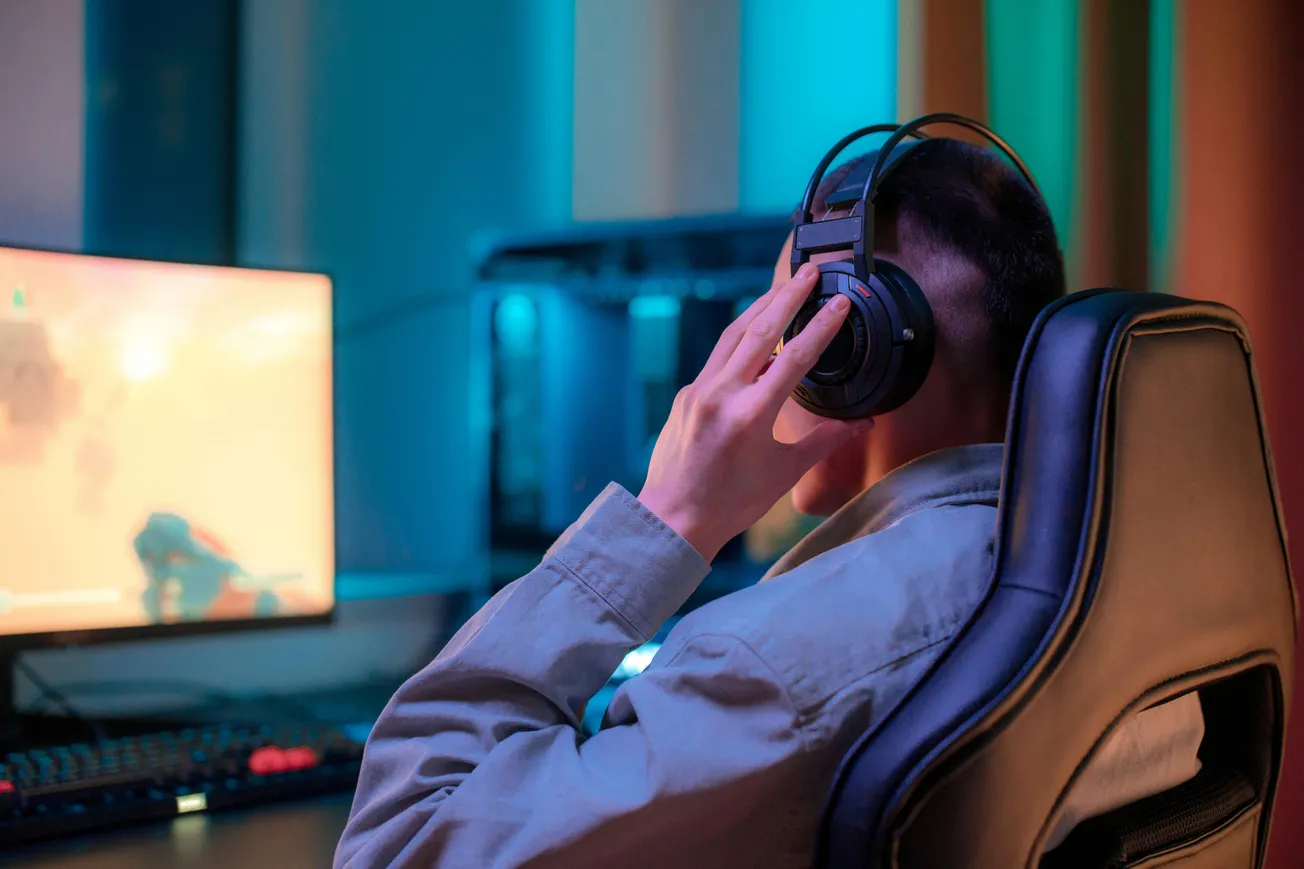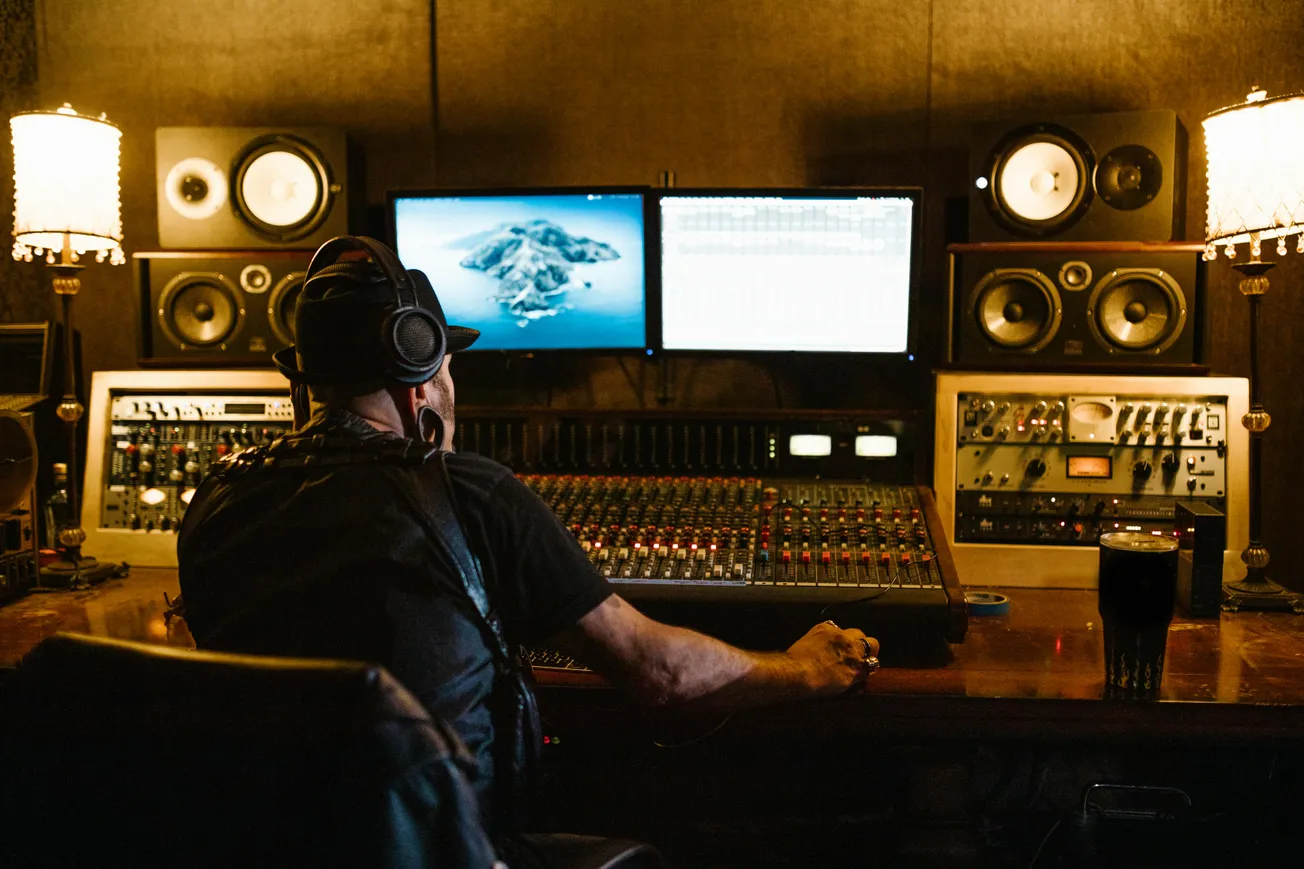The audio world is entering a bold new era. As creators, brands, and platforms push toward richer, smarter, more immersive sound, staying current is vital.
This guide highlights 10 trends to watch heading into 2026—each with real potential to shape how we produce and consume audio.
1. Open Spatial Formats
New spatial audio standards are emerging. Samsung and Google rolled out Eclipsa Audio, a royalty‑free 3D format meant to rival Dolby Atmos for streaming and smart devices.
Meanwhile, Apple introduced ASAF / APAC, enhancing head‑tracked spatial positioning across its platform ecosystem. Expect wider adoption and content support in 2026.
2. AI-Powered Audio Enhancement
AI tools are now mainstream for cleaning, leveling, and generating audio. Processing low‑quality recordings into cleaner, fuller sound is becoming easier—even in post.
3. Personalized Sound Experiences
Tailored audio—optimized by listener hearing, environment, or preferences—is going beyond EQ presets. Startups are experimenting with adaptive sound that shifts based on context.
4. Ubiquitous Wireless & Low-Latency Audio
Wireless audio remains foundational, but innovations in ultra‑low latency and lossless transmission are pushing use cases into pro and live environments.
5. Smarter Hearables
Hearables (smart earbuds, in-ear monitors) are getting more context awareness, adaptive noise handling, and even spatial detection.
6. Deep Audio Analytics
Brands and creators increasingly rely on real-time audio analytics—insights driven by ML—to adjust audio delivery and user targeting.
7. Next-Level Noise Cancellation
ANC continues evolving. Expect AI‑driven adaptive ANC that identifies and cancels real-world noise more naturally.
8. Smarter Home Audio & Voice Interfaces
Smart speakers and voice assistants are becoming more integrated, spatially aware, and intelligent—not just reactive.
9. Ambient & Directed Audio
Tech like UltrasonicSpheres enables location-based audio zones in public spaces, delivering personalized audio without headphones.
10. Cloud-Native & Collaborative Audio Workflows
Remote teams will increasingly use cloud platforms for real-time editing, spatial mixing, and AI collaboration. The shift that started during the pandemic will mature further.
As we move closer to 2026, the audio landscape will be dominated by spatial formats, AI enhancement, and hyper-personalization.
For creators and sonic storytellers, adapting to these trends is key—not just for quality, but for staying competitive. Stay curious, test new tools, and let these trends help your audio evolve with the times.










